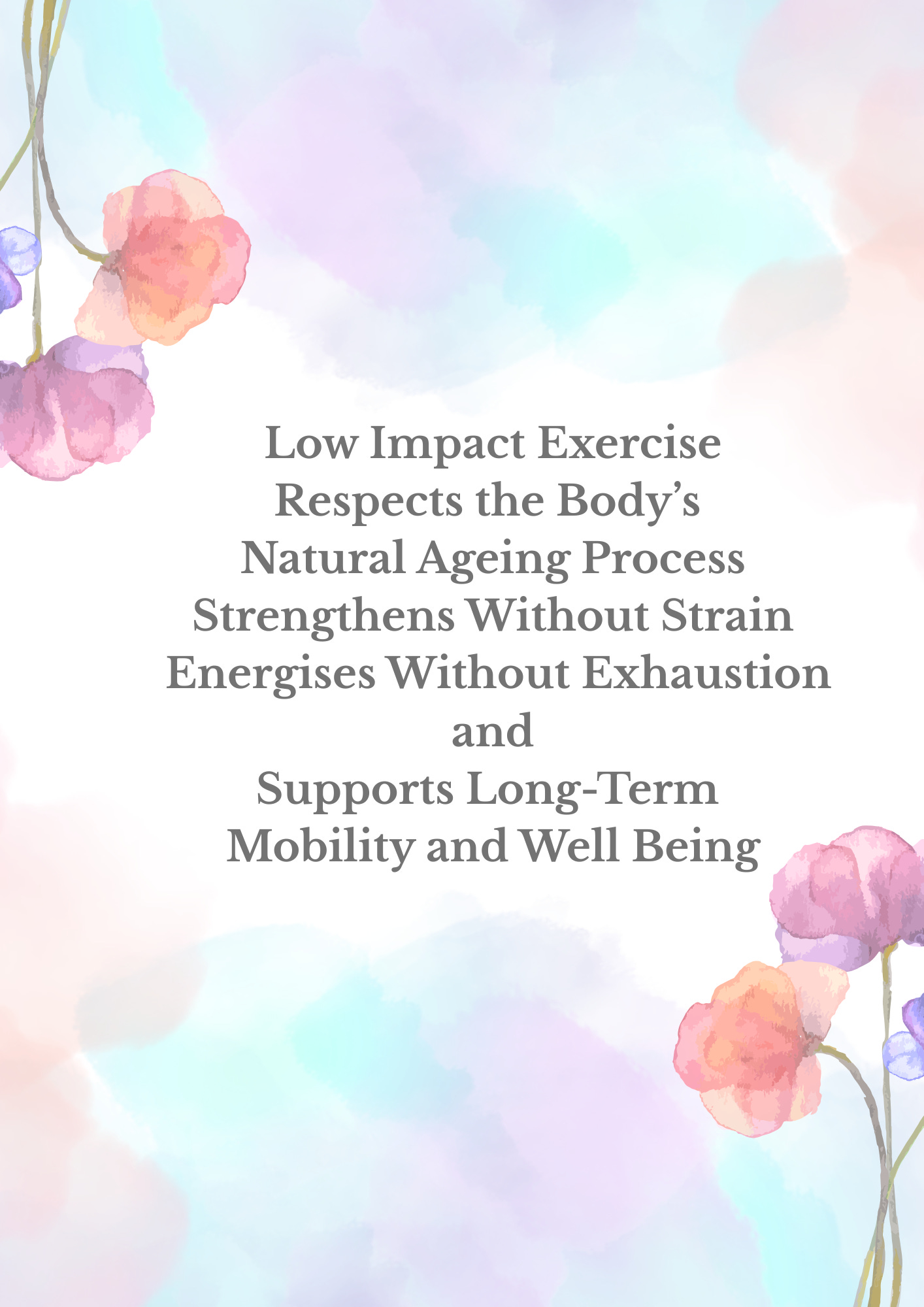Image: ChatGPT
I still remember the 1980s like it was yesterday, back when I was an aerobics instructor, trainer, and gym manager. Gym life was very different then. You hardly saw women lifting weights. Most believed it would make them bulky, and that myth kept many away from the weights room. Thankfully, times have changed. These days, strength training is embraced by women of all ages.
The Wild Days of High-Impact Aerobics
In the early days of aerobics, everything was high impact. There was running, jumping, and pounding on hard surfaces with little thought to long term joint health. It’s hard to believe now, but we even did classes barefoot on concrete floors in the early days, and it was all done barefoot. It makes me cringe now just thinking about it, and explains a lot about the state of my knees today. Back then, teaching three or four high intensity classes a day was just what we did.
Introducing Low Impact
Eventually, low impact aerobics started to make waves. I introduced the first low impact class at our gym. I had been to Queensland for a holiday and started my day with an aerobics class, every morning while there. On the first day, I walked into a low impact class, which at the time was new to me.
I went to that class every day, and also did private sessions with the instructor. By the time we were ready to head home, I was confident that I could lead a low impact class. It seems strange now, but low impact was hugely different to what aerobics had been about up until then. It was the beginning of the changes that were to come. Because I was known for my advanced classes, the members were shocked to hear that there would be no running or jumping in my low impact class. Those, who like me, loved high impact, resisted and refused to come to the class.
However, slowly, there was a shift. People began to realise that low impact didn’t mean low effort. Word got around. Members who had hesitantly joined the new class, found themselves sweating, smiling and coming back for more. Soon, the fitness world started paying attention to the wear and tear to bodies, that high impact workouts could cause. A more mindful, joint friendly approach was taking over.
Smart Training for the 60+ Body
If you're a woman over 60, and love staying active, but your knees, hips, or shoulders have started whispering, or maybe even shouting, for a little more kindness, know that you can still exercise.
The good news is that you don’t have to give up on feeling strong and fit. You just need to train smarter, not harder. That’s where low-impact workouts come in. They are gentle on your joints, but still deliver serious results.
Low Impact, High Rewards
Low impact is not low intensity, as many think. Low impact workouts are designed to minimise stress on your joints, especially in the knees, hips, and spine, while still improving strength, cardiovascular health, flexibility, and balance.
You can absolutely break into a sweat, build muscle, and feel amazing, without punishing your body with box jumps or star jumps.
Whether you're walking, cycling, swimming, or strength training, with proper form and control, low impact exercise can be one of the most powerful tools in your wellness toolkit. This is advice I would give to anyone of any age. Low impact is not just for those of us in our older years.
Low Impact Workouts
Walking
The most simple and most accessible low impact option is walking. Whether it’s a brisk outdoor walk, a treadmill workout with an incline, or a nature hike, walking boosts heart health, supports weight maintenance, strengthens bones, and clears the mind.
Tip - As you become fitter, add light hand weights if your bones, back and knees can take the extra challenge. Walking doesn’t have to be done outdoors. Try this walking workout. It’s great for those rainy days or anytime really.
Yoga and Pilates
Yoga and Pilates are beautiful ways to build core strength, improve flexibility, and work on balance, all essential as we age. They're gentle on joints but tough on weak muscles. Yoga and Pilates both help with posture, stress relief, and mobility. You will definitely increase strength with this type of exercise.
Tip - Start with beginner or senior-friendly classes and build from there. If you have joint or balance issues try chair yoga. There are many classes to choose from.
Cycling: Smooth and Steady
Both indoor and outdoor cycling gets your heart pumping with zero impact on your joints. Indoor cycling classes are very intensive and can be adapted to your pace and resistance preference.
Tip: Make sure your bike, whether indoor or outdoor, is adjusted properly to protect knees and back. When adjusting your seat, ensure you always have a slight bend in your knee.
Strength Training: Low Impact, High Payoff
Lifting weights doesn’t mean heavy barbells or complicated routines. Using light dumbbells, resistance bands, or bodyweight exercises can help to preserve muscle mass, strengthen bones, and boost metabolism. It’s my opinion that strength training is the best thing we can do for our bodies as we age. Starting before we age will help us to age with strong muscles that keep us steady on our feet and more mobile.
Strength training is very joint friendly, especially when focusing on slow, controlled movements.
Tip - Get started with seated or standing exercises - slow squats to a chair, or gentle resistance band routines.
Water Workouts - Your Joints Will Thank You
Swimming and water aerobics are absolute gems. There is very little impact on your joints when exercising in water. The water will protect your joints, while providing natural resistance, making it an ideal environment for cardio and strength work. Water is an excellent way to exercise when managing arthritis or joint issues.
Tip - It feels like play, but if done correctly, exercising in water is definitely an excellent form of exercise.
Stretching and Mobility Exercises
One of the best ways to keep your joints healthy, is to keep them mobile. Regular stretching and mobility exercises increase muscle strength, improve circulation, prevent stiffness, and reduce injury risk. Even 5–10 minutes a day can work wonders.
Tip - Try a gentle morning stretch routine, or follow short mobility videos online. There are many to choose from on YouTube.
My Advice
Being active after 60 doesn’t have to mean walking for hours or punishing your joints. There are so many powerful and joyful ways to move your body that feel great, not just afterward, but while you’re doing the exercise.
Tip - Do something you enjoy. The goal is to move for life. If you do something you love, you are more likely to do it for life, not just for a short time. With love, not force.
What’s your favourite joint-friendly workout? Have you discovered any new low-impact routines recently? Let me know in the comments. I’d love to hear what’s working for you, and I’m always on the lookout for a new work out.
This post is linked to Wednesday Words & Whimsy (#WWWhimsy linkup), hosted by Min from Write of the Middle. I’m more than happy to be on Min’s Team - #TeamWWWhimsy. Min, thank you for all you do to keep this challenge going. It’s a highlight for me, on the blogging calendar each week.
Also linking with with Natalie’s Weekend Coffee Share









Excellent tips, Jennifer. Fortunately, I enjoy all the low impact workouts that you mentioned and have been doing them for a while (walking, cycling, strength training, pilates, yoga and stretching). It's summer here so I plan to resume swimming. Thank you for your weekend coffee share.
I'm def a walker but I need to get in the strengthening exercises. That's where I let myself down. Good post. #WWWmimsy